
Range Rover Velar engines, drive and performance
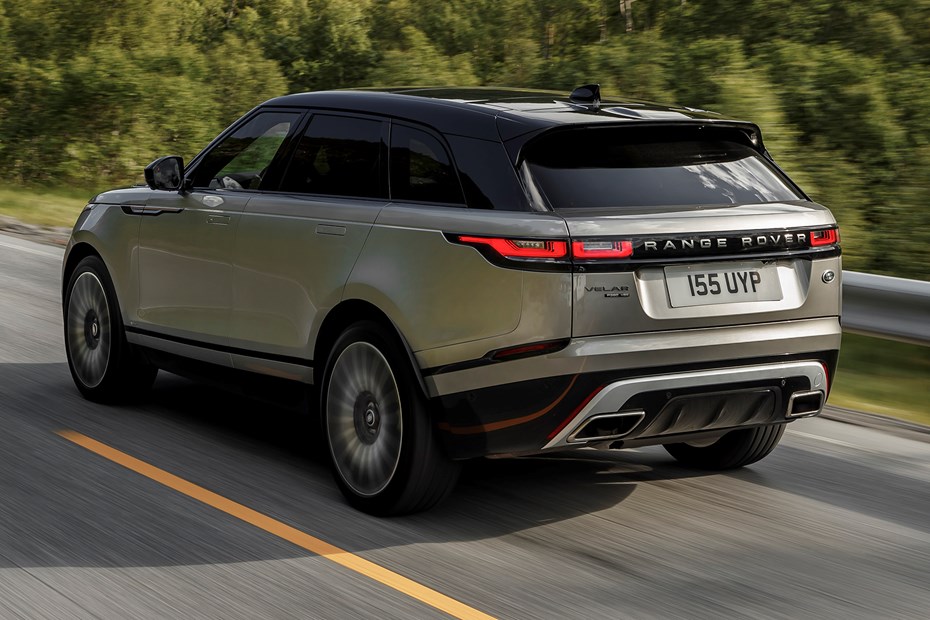
- Wide range of engines covering power and economy
- Can tow up to 2,500kg, with up to 700Nm of torque
- Large number of driving modes for every terrain
Petrol engines
All the petrol and diesel Velars are mild-hybrids, which means that there’s a small battery pack on board charged by the engine to add assistance to accelerating. They also all come with four-wheel drive and an eight-speed automatic transmission as standard.
There are two petrol engines available – a 2.0-litre four-cylinder unit badged P250 with 250hp and a 3.0-litre six cylinder in the P400, which develops 400hp. On the road, it’s hard not to be a little disappointed by the P250. It’s not that it’s lacking in performance – but what doesn’t quite gel with this model is the way the performance is delivered. In standard drive mode, it’s lazy in its responses and you have to push the accelerator hard to make it accelerate with any sense of urgency.
In Dynamic mode, it’s much more responsive, but the four-cylinder engine is noisy and isn’t really in keeping with the luxury interior. Much of this should probably be blamed on the transmission, which doesn’t match up too well with this power unit. The 400hp Velar is a lot livelier as you’d expect, with instant response and very un-SUV-like acceleration.
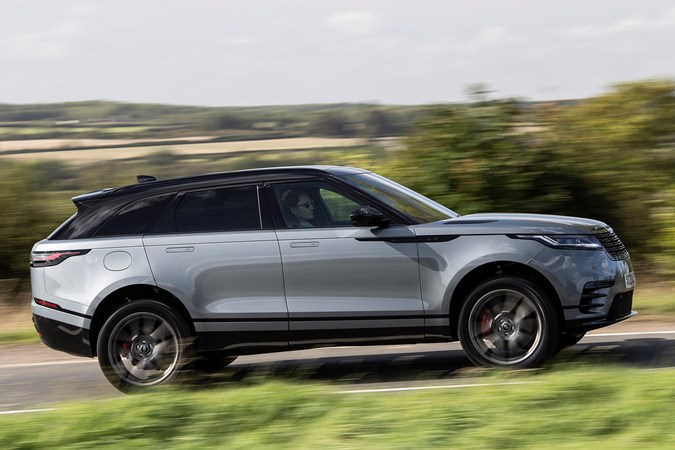
Diesel engines
Even the slowest diesel Velar, the D200, is no slouch. Performance is lively, although you’d describe its power delivery and pulling power as relaxed, rather than punchy. That perfectly suits the character of the car, especially if you specify it with the comfortable air suspension set-up.
The 3.0-litre engine in the D300 is a six-cylinder, which is great for towing and challenging off-road work. it’s shared with the full-sized Range Rover and it’s an excellent power unit – quiet and effortless, and at its absolute best on long motorway cruises.
Hybrid engines
The range-topping P400e plug-in hybrid is able to run up to a claimed 33 miles on battery alone. It uses a 2.0-litre four-cylinder petrol engine and electric motor working alongside an eight-speed automatic gearbox.
It is also the fastest Velar in the range, with a 0-62mph time of 5.4 seconds, delivered by its combined 400hp. It feels very muscular to drive, with the electric motor filling in the gaps you’d otherwise find in the petrol’s power delivery. Unusually for hybrid models, even the brake pedal is progressive – many of this car’s rivals feel spongy as they try to balance regenerative braking with conventional friction braking.
Running on electric power is satisfying – nothing gives you a sense of luxury like absolute silence from the powertrain. Performance is naturally reduced, however the Velar P400e will still reach motorway speeds without troubling the petrol engine if you want it to. The petrol itself is rather rougher, but is fairly unobtrusive at a cruise.
What’s it like to drive?
- Adaptive damping as standard
- Plus air suspension offered on some models
- Very capable on and off road
The Range Rover Velar is an engaging steer, and not just for a vehicle of its size. All models are available with adaptive air suspension as an option. This combines smooth ride quality with composed body control, making for a Range Rover that feels relatively nimble on the road.
Throw it at a country road, however – or even a sequence of roundabouts – and the Velar is happy to respond with enthusiasm; body roll is present but not excessive, and combined with a powerful engine you can make rapid progress.
All versions of the Range Rover Velar are available with adaptive suspension as an option – and a Comfort mode. For the most part, it’s a comfortable SUV; journeys of several hundred miles can be completed without any sign of physical complaint. It takes a very rough road indeed to upset the Velar’s equilibrium, which is good news for those who rack up large mileages.
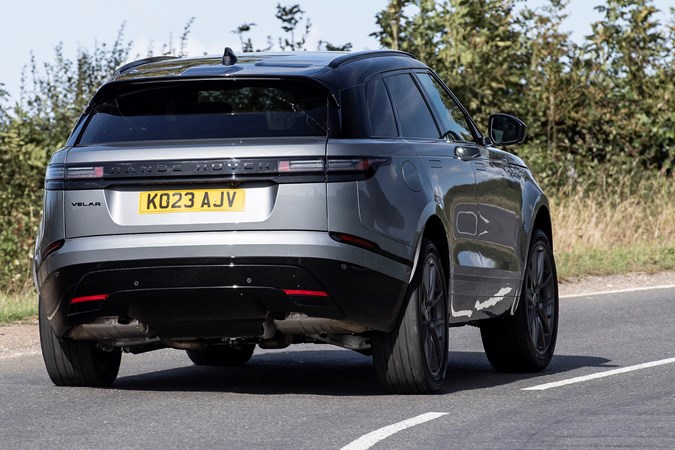
What’s it like off-road?
The Velar is impressive here. We’ve tackled steep rocky climbs, deep mud and other off-road challenges, and only a lack of ground clearance compared with a Defender stops it being up there with the best. Having said that, it will also wade 600mm of water, rising to 650mm with the air suspension package.
The Velar comes with a myriad of drive modes to cover these scenarios. There are three systems with similar names available on the Velar. Basic Terrain Response includes Eco, Comfort, Grass-Gravel-Snow, Mud-Ruts and Sand settings plus Dynamic mode.
It virtually drives itself off-road using the latest off-road cruise control system, All Terrain Progress Control (ATPC). As an optional extra you can upgrade to Terrain Response 2, which adds an Automatic setting so you don’t even need to touch the controls to get the benefit.
Other driving tricks include things like Hill Descent Control, as you’d expect, and there’s also a system called Low Traction Launch, which helps you start moving on slippery surfaces – such as snow, where conventional stability control systems often struggle. All of these systems are easily controlled using the Pivi Pro system.


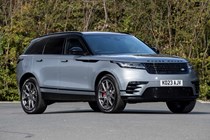
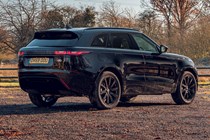
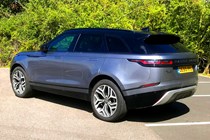
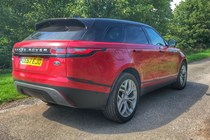
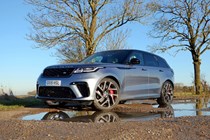

.jpg)
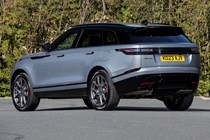
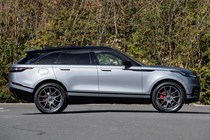

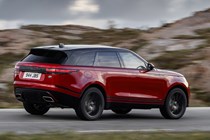
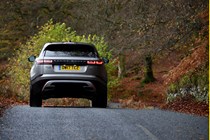
.jpg)
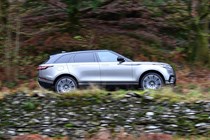
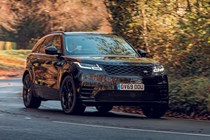
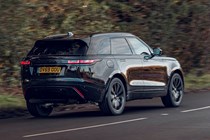
.jpg)
.jpg)
.jpg)
.jpg)
.jpg)
.jpg)
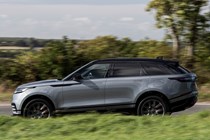

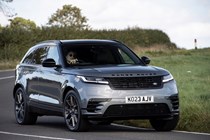


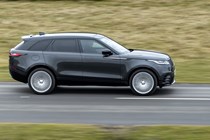


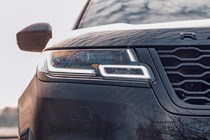
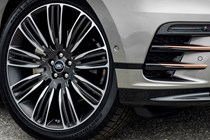
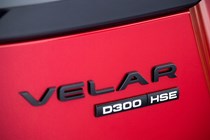
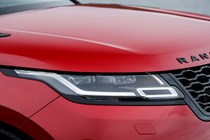


.jpg)
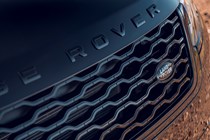
.jpg)
.jpg)
.jpg)
.jpg)
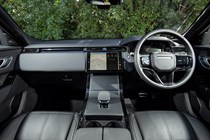
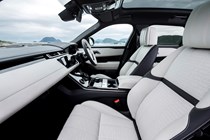
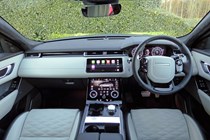

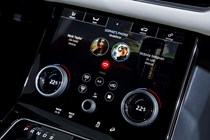
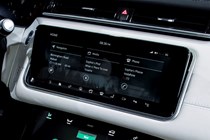

.jpg)
.jpg)
.jpg)
.jpg)
.jpg)
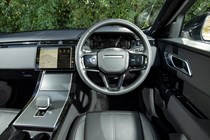
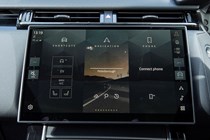
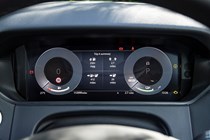
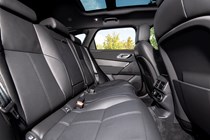
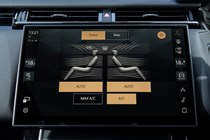
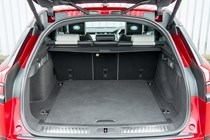
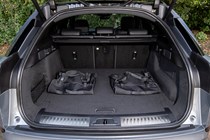
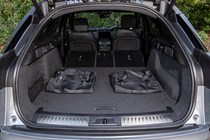
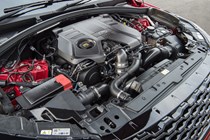






.jpg?quality=50)





.jpg?quality=50)



.jpg?quality=50)
.jpg?quality=50)
.jpg?quality=50)
.jpg?quality=50)
.jpg?quality=50)
.jpg?quality=50)














.jpg?quality=50)

.jpg?quality=50)
.jpg?quality=50)
.jpg?quality=50)
.jpg?quality=50)







.jpg?quality=50)
.jpg?quality=50)
.jpg?quality=50)
.jpg?quality=50)
.jpg?quality=50)








